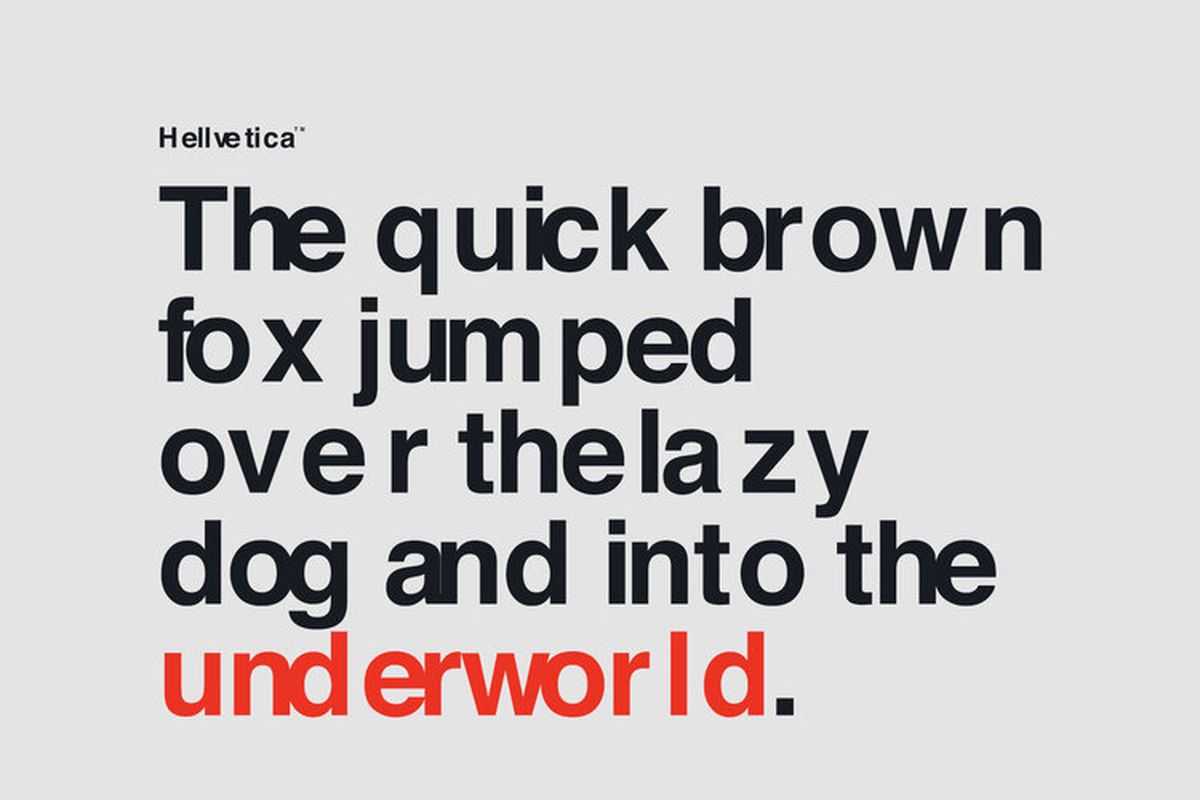

Inside, I wrote: Įverything is drawn starting from above the y=0 line, and reaches down to y=0. And then I remembered that SVG is unbounded on both axes - which meant I could draw the bins up from 0,0, meaning I could give them the same y coordinate as the shelves. Different bin sizes meant I had to do different math to get the bins to sit on the shelves. At first, I drew them the same way I had the shelves, down and right from 0,0, but that was difficult in a number of ways. This was only magnified when I wrote the definitions for storage-bin primitives. Trying out different shelf spacing and shelf counts went from being a chore to being almost too easy. To say this sped up my workflow would be a monumental understament. Suddenly, rather than fiddling with the X,Y coordinates of several pieces just to move a shelf, I could adjust the X,Y of one element. With that in hand, the two shelves I was drawing before collapsed from six lines to two: It then places the two support rails just below, starting half a unit down from the top. If you think of that as its own little SVG, it defines a horizontal shelf 14.5 coordinate units wide, and half a unit tall, starting at 0,0. SVG provides for exactly this, through the combination of and. And then a way to do the same for collections of storage bins, which could be stacked atop each other. Basically, what I wanted was a way to define a primitive of a shelf and two support rails, and then just place that. Still, it it took deciding to show the storage bins I wanted on the shelves to push to look for a better way. Īgain, that’s just for the first stud bay: two shelves, and then four supports, two for each shelf.

(The shelves are a half-inch thick.) That worked okay for a while, but then I decided to show the support rails that would both tie the 2×6s to the studs behind them, and also hold up the shelves. That’s two shelves, ten inches apart, in the leftmost stud bay. At first, I was just using elements like this. I tried out a lot of different shelf configurations. Learning how best to work around the existing limitations is a valuable lesson in itself. We don’t always get to work in ideal circumstances. This all might sound like a lot of work to deal with odd circumstances, but that was part of the point of this part of the project. In that middle case, I’ll actually need a longer 2×6 to run up next to the joist. So in cases where the studs are centered below ceiling joists, I can run the front-mounted 2×6es up to them.

Why does that matter? Because to make the shelves, I decided to mount 2×6s in front of the framing studs, to allow for shelves 11 inches deep. The others are essentially centered on the joists above them (centered within half an inch or so, anyway). The middle stud is taller as a reminder to me that, if not for the crossbeams, it could keep going up past the ceiling joist. protrudes from the other side of the wall. So I created a schematic, including a red box to mark where a 1-gang electrical box. The distances between subsequent studs is also not consistent: they’re mostly close to 16 inches on-center, but not perfectly so, and the last set is only 12 inches apart because the framing ends where a set of stairs begins. (I’m not entirely sure why the 2×10s are there, but I’m not about to start ripping them out now.) They also have strips of 2×10 mounted vertically at their bottoms, running between each stud. These studs are perched on foundation cinderblock, about 48 inches off the floor, and run up to the ceiling from there.Įach stud is 28 inches tall, running from a 2×6 base up to a stacked pair of 2×6 crossbeams. (That last sentence is actually a play on words, for reasons that I hope will become clear by the end of the post.)įor example, the basement room I’m partially turning into a workspace has a set of exposed framing studs (exposed once I removed a couple of cabinets, anyway) that I wanted to turn into a set of rough shelving, so that I could organize the various bits ‘n’ bobs I accumulate: leftover bolts, extra pullchain, and so on. As I’ve worked on my indoor workspace, I’ve continued to find SVG useful for planning purposes, and putting it to use in my planning has pushed me to learn more about the language.


 0 kommentar(er)
0 kommentar(er)
